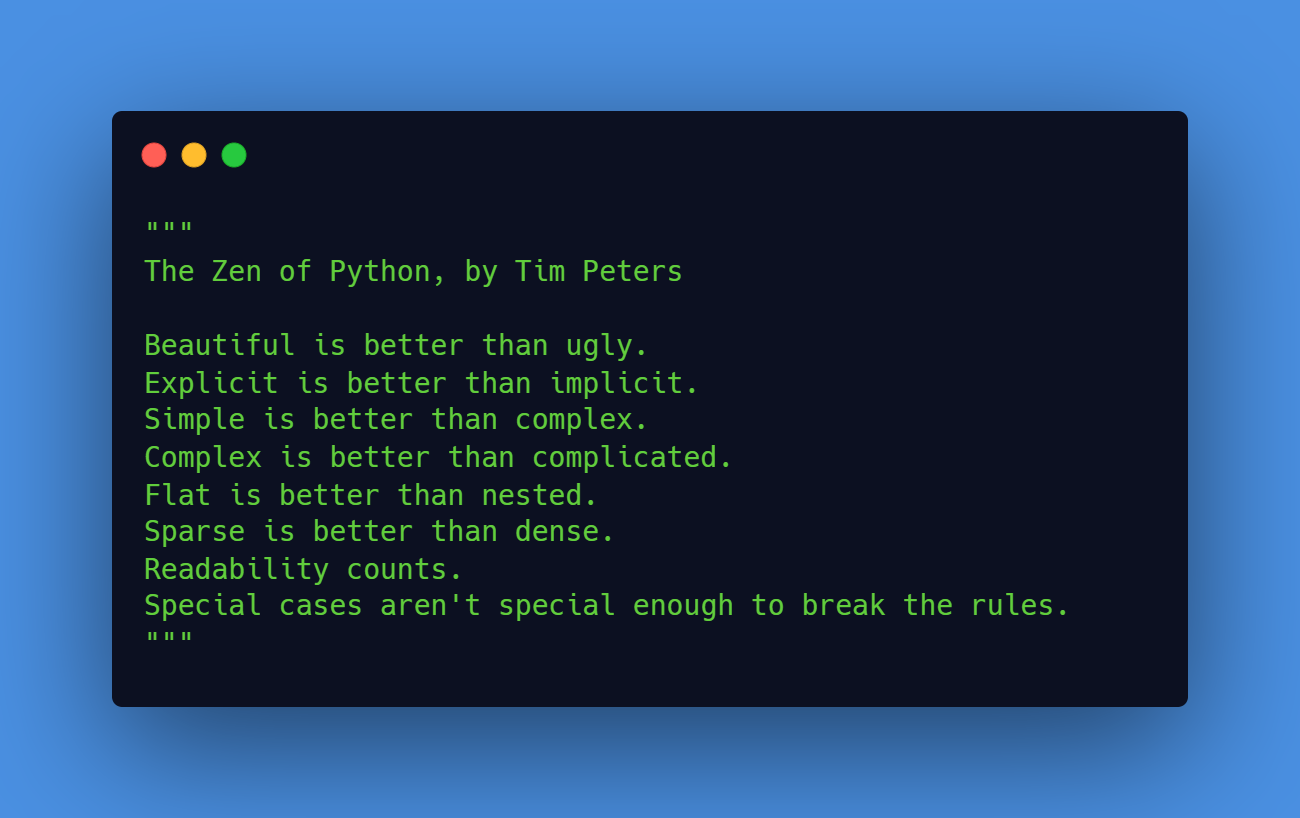Have you ever found yourself with two separate lists in Python that you want to combine into a single dictionary? Look no further! In this article, we will explore multiple ways to turn two lists into a dictionary in Python.
Method 1: Using the Zip Function
One of the easiest and most straightforward methods for combining two lists into a dictionary is using the built-in zip function. The zip function takes in two or more lists and returns an iterable object that contains tuples of the corresponding elements.
We can then pass this object to the dict function to create a dictionary.
Here is an example:
list1 = ['a', 'b', 'c']
list2 = [1, 2, 3]
dict_from_lists = dict(zip(list1, list2))
print(dict_from_lists)
Code language: PHP (php)Output:
{'a': 1, 'b': 2, 'c': 3}
Code language: JavaScript (javascript)As you can see, the zip function has combined the elements from both lists into tuples, and the dict function has used these tuples to create a dictionary where the elements from list1 are the keys and the elements from list2 are the values.
Method 2: Using a For Loop
Another way to create a dictionary from two lists is by using a for loop. This method is slightly more verbose than the zip method, but it gives you more control over the process.
Here is an example:
list1 = ['a', 'b', 'c']
list2 = [1, 2, 3]
dict_from_lists = {}
for key, value in zip(list1, list2):
dict_from_lists[key] = value
print(dict_from_lists)
Code language: PHP (php)Output:
{'a': 1, 'b': 2, 'c': 3}
Code language: JavaScript (javascript)Using a for loop allows you to manually iterate through the elements of both lists and add them to the dictionary one by one. This method is especially useful if you need to perform some additional operations on the elements before adding them to the dictionary.
Method 3: Using a Dictionary Comprehension
If you’re a fan of Python’s concise syntax, you might prefer using a dictionary comprehension to combine two lists into a dictionary. A dictionary comprehension is a concise way to create a dictionary using a single line of code.
Here is an example:
list1 = ['a', 'b', 'c']
list2 = [1, 2, 3]
dict_from_lists = {key: value for key, value in zip(list1, list2)}
print(dict_from_lists)
Code language: PHP (php)Output:
{'a': 1, 'b': 2, 'c': 3}
Code language: JavaScript (javascript)As you can see, the dictionary comprehension syntax is similar to a for loop, but it allows you to create a dictionary in a more concise and readable way.
Method 4: Using the Fromkeys Method
If you have a list of keys and a single value that you want to use for all the keys, you can use the dict.fromkeys method to create a dictionary. This method takes in a list of keys and a default value, and returns a new dictionary with the specified keys and values.
Here is an example:
list1 = ['a', 'b', 'c']
default_value = 0
dict_from_lists = dict.fromkeys(list1, default_value)
print(dict_from_lists)
Code language: PHP (php)Output:
{'a': 0, 'b': 0, 'c': 0}
Code language: JavaScript (javascript)As you can see, the dict.fromkeys method has created a dictionary with the keys from list1 and the default value of 0 for all the keys.
Conclusion
In this article, we have explored multiple ways to turn two lists into a dictionary in Python. We have seen how to use the zip function, a for loop, a dictionary comprehension, and the dict.fromkeys method to create a dictionary from two lists.
Which method you choose will depend on your specific needs and preferences. Regardless of the method you choose, Python provides multiple options for combining two lists into a dictionary, giving you the flexibility to find the solution that best fits your needs.

Leave a Reply